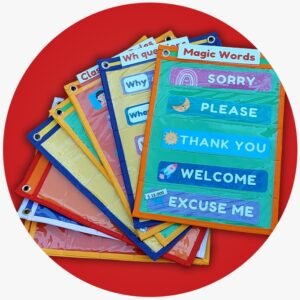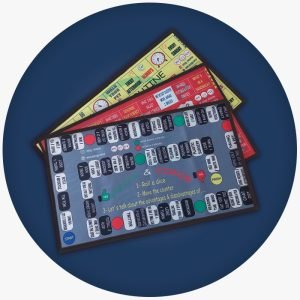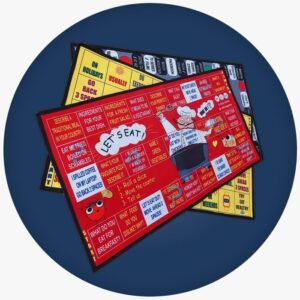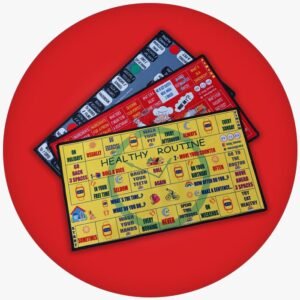Descripción
LEVEL: A1, A2, B1, B2, C1, C2
Game 1:
A Student throws the 4 dice in order to get a character, a place, an action and an object. After that, the student has to invent a story using the information he got from the dice. For example, ONCE UPON A TIME, A WITCH WAS DOING MAGIC TRICKS IN A BIG AND BUSY CITY AND SUDDENDLY, SHE FOUND A DELICIOUS APPLE.
The contents, tenses, structures and degree of difficulty will be selected and established by the teacher.
Game 2:
Following the same procedure of game 1, many students will be involved in creating the story. So, after student 1 has finished his part of the story, student 2 throws the dice and continues with a new stage of the same story, adding a new character, a new situation and trying to connect his own idea with the previous one. For example: ONCE UPON A TIME, A WITCH WAS DOING MAGIC TRICKS IN A BIG AND BUSY CITY AND SUDDENDLY, SHE FOUND A DELICIOUS APPLE. BUT IT WAS THE KING`S APPLE! WHEN THE KING SAW THE WITCH, HE GOT ANGRY AND RAN TO THE RAINFOREST TO PICK HIS SWORD!
In this way, students may create a crazy and funny story for them to read and laugh afterwards.
Game 3:
It is a good idea to combine set 1 and set 2 of the stories dice in order to add challenge, difficulty, characters, vocabulary, grammar and fluency (when speaking and telling stories) to your class.
It is also a good idea, to change roles in the reading corner or story time section of the class since, sometimes, students will be in charge of telling the story adding variation to the teacher talking time.
Another interesting idea would be assigning different roles to different students; for example: three students will be in charge of throwing the dice and creating the story, another student may type or write the story and some other classmates may draw different pictures of the story told.
Both sets of dice, are useful to practice writing and speaking skills.
Game 4:
Using only the characters dice, students get a character and describe it. They must include a wide variety of vocabulary such as: adjectives, clothes, colours, physical descriptions, appeareance, etc.












